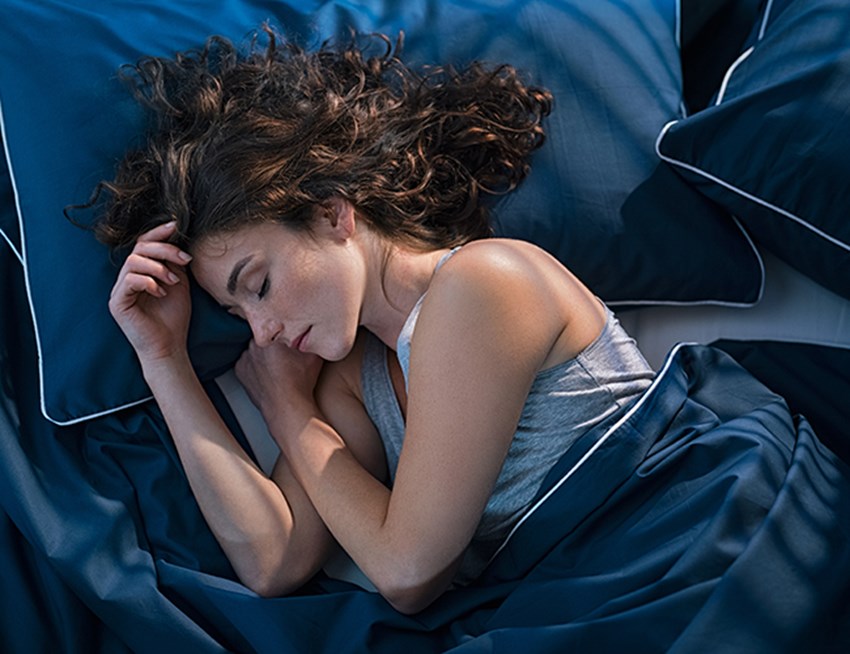Study brings to light that the daydreams we have when we are awake record a greater incorporation of events from the previous two days. The “night” dreams that occur in the last stage of the sleep cycle, on the other hand, are more complex and seem to contain more images and metaphorical associations, resembling a fictional plot. Both contain references to personal events and concerns from recent life.
Mark Blagrove begins framing his study by quoting Maquet& Ruby (2004) when they evoke the books Dracula by Bram Stoker and Frankenstein by Mary Shelley, which are said to have resulted from the recollection of dreams by the respective authors.“There have been reports and claims throughout history that the consideration of dreams can result inpersonal realizations and insight," recalls the British psychologist specializing in sleep and dream studies. But after all, what distinguishes daydreams from dreams that occur during the so-called REM sleep (Rapid Eye Movement), that is, in the last stage of the sleep cycle?
To answer this question, the researcher and his team at Swansea University in Wales, with the support of the BIAL Foundation, developed a study on daydreams and how they differ from REM sleep dreams.
For 10 days, 31 university students, aged between 18 and 30, recorded in a diary the daily events (major daily activities, personally significant events, and major concerns). On the tenth day, participants slept in the Sleep Laboratory at Swansea University, led by Mark Blagrove, and were monitored using polysomnography and electroencephalography. In a first phase, they were asked to rest, without falling asleep, and to report their daydreams. They then fell asleep and were awakened to record nocturnal dream reports 10 minutes after starting non-REM stage (N2) and 10 minutes after starting REM sleep.
Mark Blagrove, Chris Edwards, Jean-Baptiste Eichenlaub e Perrine Ruby found that in daydreams, participants tended to dream about events and concerns that happened on the day or the day before entering the Sleep Lab (recent memory) much more than concerns that occurred in the eight previous days. It was also found that in daydreams the amount of worries is higher than in dreams.
However, dreams that occur during the REM phase are more complex. According to the results obtained, the concerns of the awakened life that form the dream are presented as a kind of fictional plot that can use more images and metaphorical associations, compared to the daydream.
Learn more about the study “Electrophysiological correlates of the incorporation of recent memory sources into REM and non-REM dreams and of levels of insight following REM and non-REM dream interpretation” here.






































